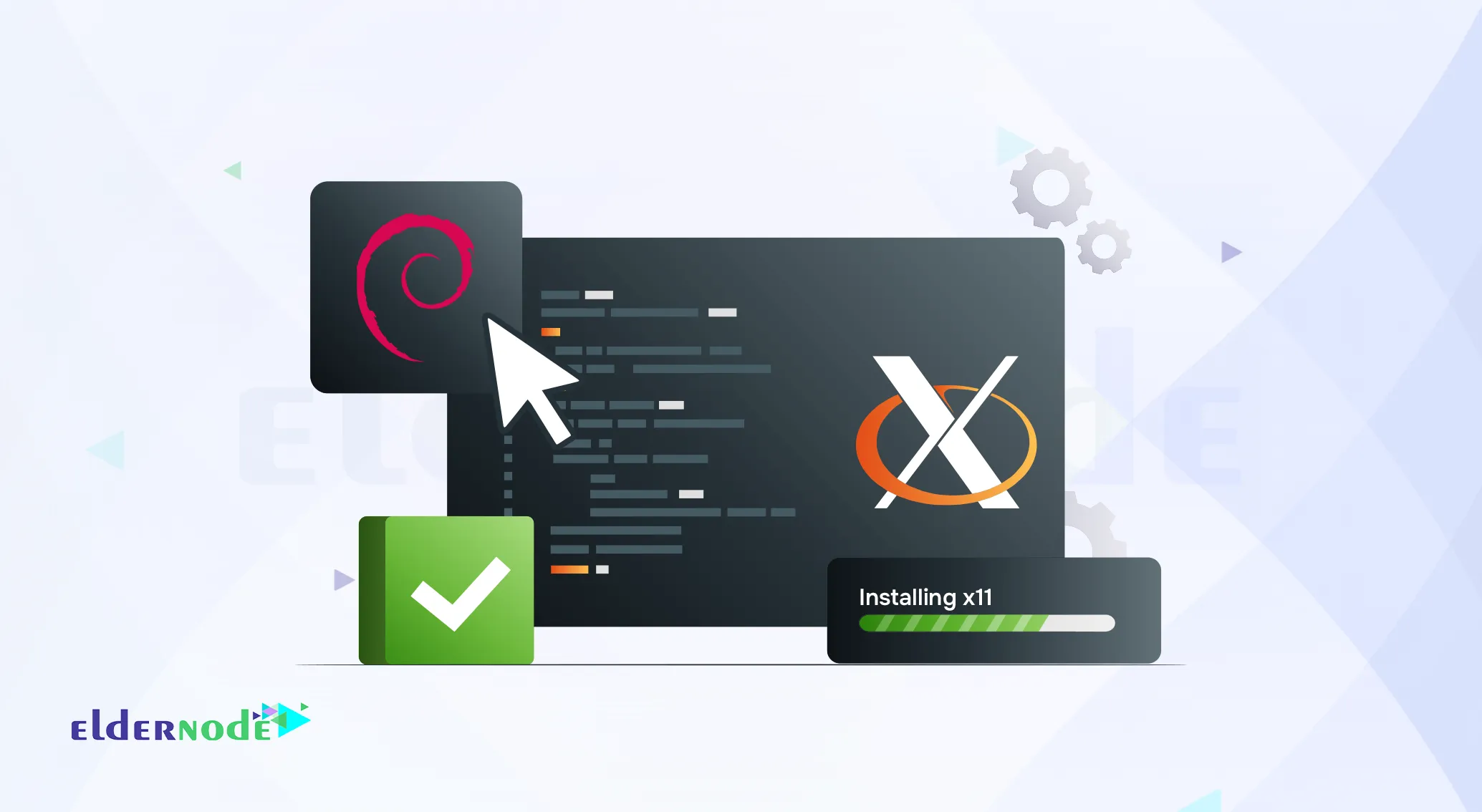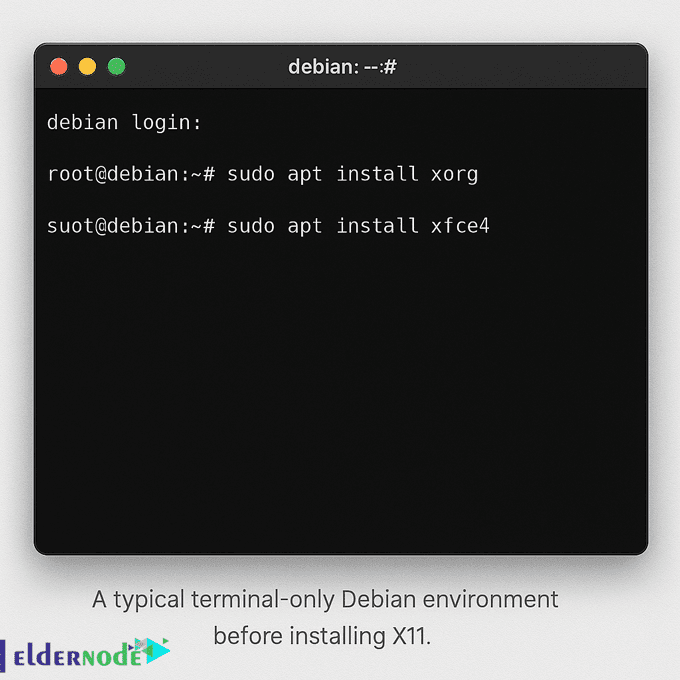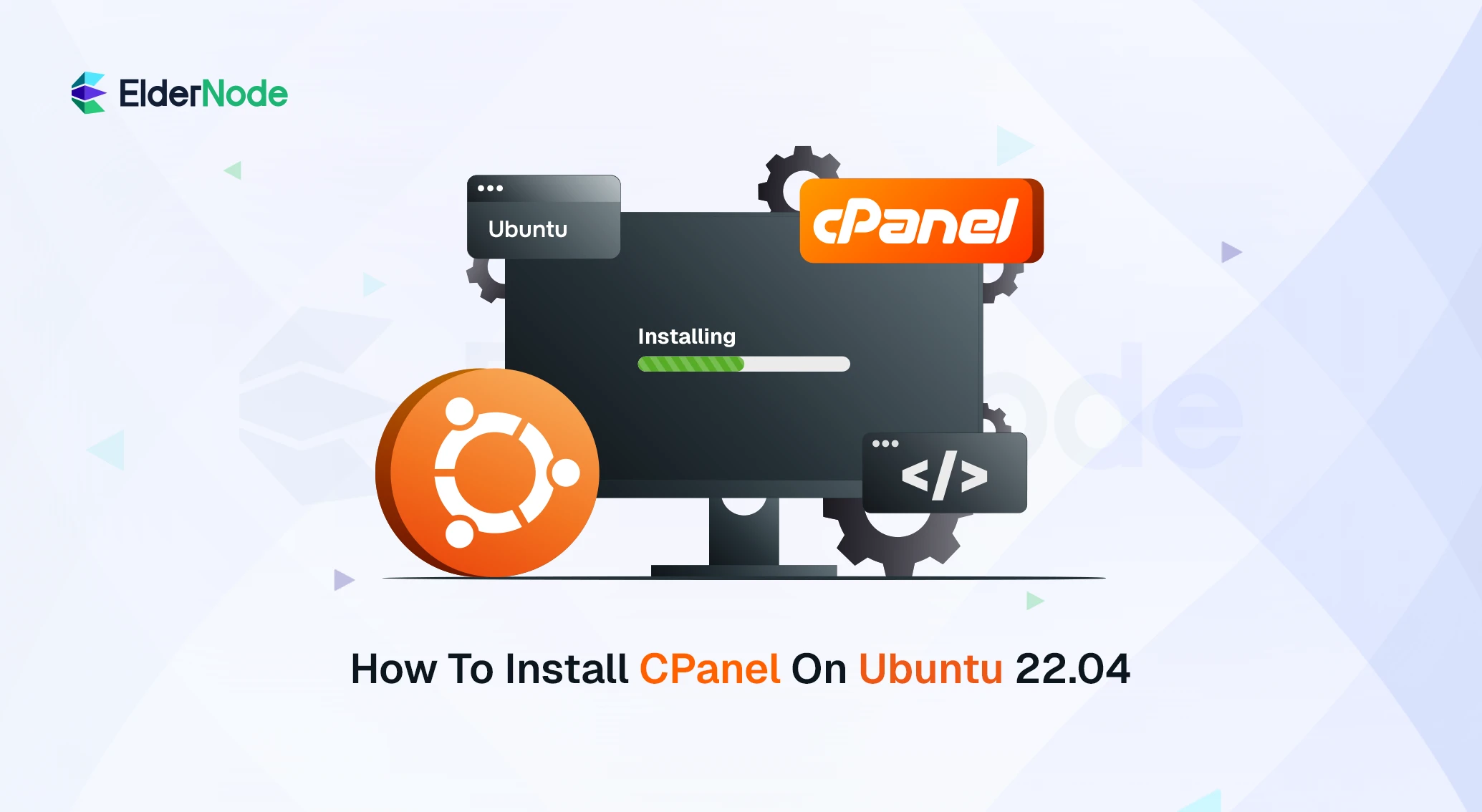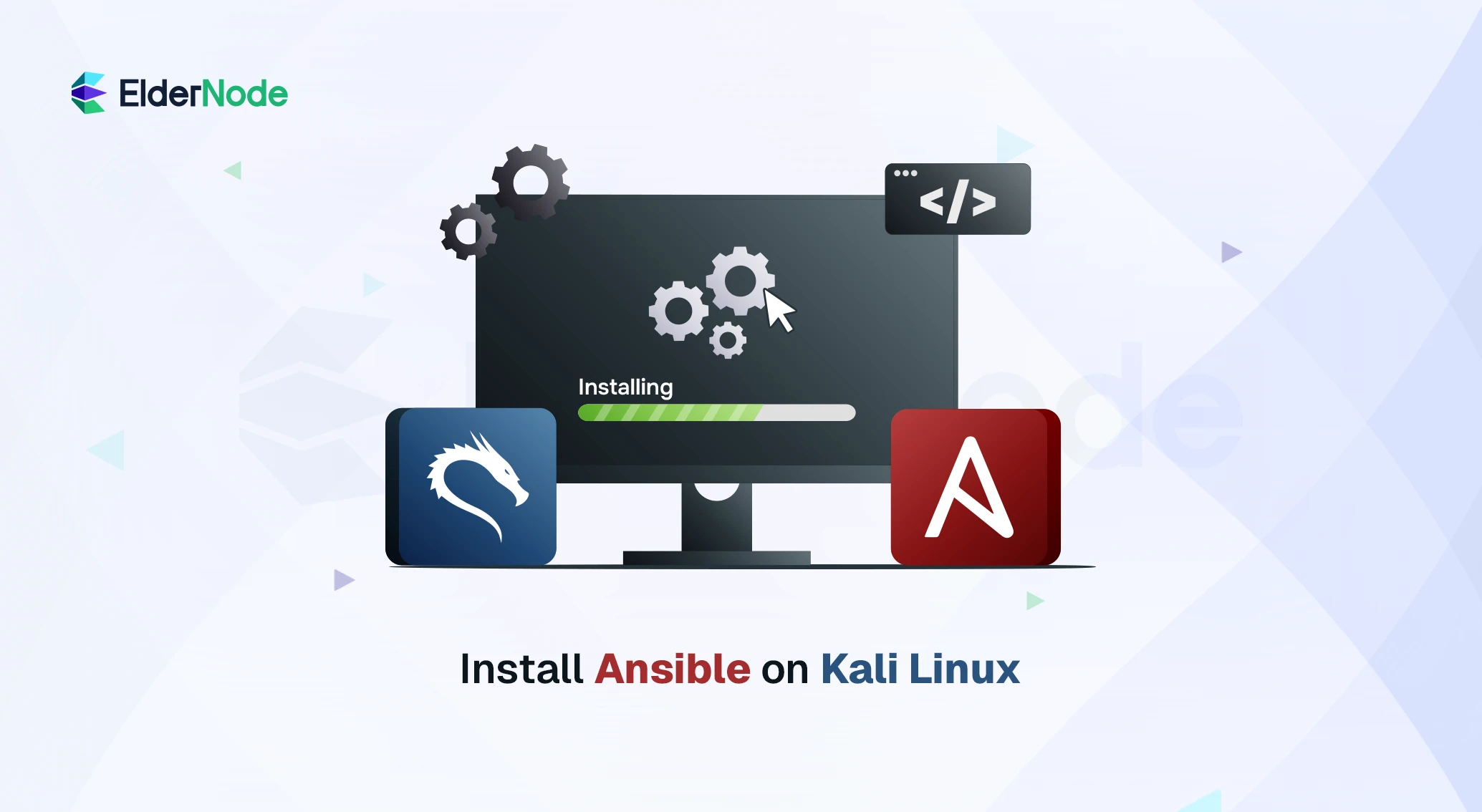How to Install X11 (Xorg + XFCE) on Debian Linux

Install X11 on Debian if you’re tired of working purely in the terminal and want a lightweight graphical interface. Whether you’re setting up a VPS or just want to make your Debian system more user-friendly, X11 (also called the X Window System) is what makes graphical environments like XFCE, GNOME, or KDE actually work. In this quick guide, I’ll walk you through the exact steps I use to install X11 and XFCE on a fresh Debian machine. It’s not complicated just a few terminal commands and you’ll be up and running with a clean, functional GUI. Even if you’re completely new to Linux, don’t worry this tutorial is written with you in mind. Recommended Service: Linux VPS
Why bother installing X11 on Debian?
Let’s face it using Debian without a GUI isn’t for everyone. Sure, the terminal is powerful, but sometimes you just want to open a file manager, drag some stuff around, or copy text without weird key combos. X11 is what makes that possible. It’s the base layer that lets you run full desktop environments like XFCE or GNOME, and basically turns your Debian box into something you can actually “use” not just type into.
Step-by-step guide to installing X11 on Debian Linux

After logging into your account open the terminal. The first step is to update your package lists so as be sure that you have the latest information regarding the software that is available for use.
sudo apt update
Use the following command to install X Window System package. It has all the required components which are needed for running graphical environment. If you are installing this package for the first time, it would prompt you to confirm installation and acquire your password for administrative rights.
sudo apt install xorg
Once the installation of Xorg package is done, you will need to install the desktop environment that you would like to use in conjunction with X11. Officially, the GNOME, KDE and XFCE environments have been developed for Debian. For example, if you decide to install XFCE then you need to issue the command below.
sudo apt install xfce4
Note: The above command will install XFCE desktop environment with all the needed disk space. As soon as the installation is complete, X11 session can be configured and started. Troubleshooting common issues during X11 installation One possible difficulty is package and dependency errors. These errors usually show up when a required package is missing or your system has incompatible software versions. The below command to be used
sudo apt –fix-broken install
Conclusion
Debian is rock solid no question about that. But let’s be real: living in the terminal isn’t always fun. Sometimes, you just want to launch apps, move windows around, or copy and paste without a dozen keystrokes. That’s where X11 comes in. It gives you a real desktop that feels familiar and easy to use. And with something lightweight like XFCE, everything stays fast and smooth. Small install, big upgrade.






